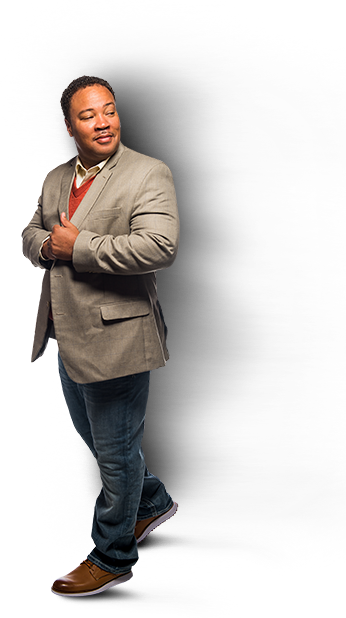In nursing, we strive for excellence and safety in patient care. Our professional foundation is built on time-tested methods and practices. However, it’s time to reexamine one critical aspect of our work: patient handling.
Despite our commitment to safety, nurses experience more work-related injuries than any other profession in the U.S. labor force. Why? It’s due to the traditional, deeply ingrained approach to handling patients with limited mobility.
Our default sequence—using proper body mechanics, calling for team lifting when needed, and turning to mechanical lifts as a last resort—has failed us. The reasons are straightforward: body mechanics principles aren’t designed for lifting unevenly distributed weight, team lifting is impractical for sharing such loads, and resorting to mechanical lifts only after manual attempts does little to prevent injuries.
The solution? Reverse the order. “From Third to First” should be our new mantra.
Mechanical lifts, particularly ceiling lifts, need to become our primary choice for patient handling. Installed on H-Track systems, these devices are accessible, convenient, and capable of performing virtually all patient-care lifting tasks. With these at our disposal, we significantly decrease the risk of caregiver injuries while enhancing patient safety.
By making mechanical lifts the cornerstone of Safe Patient Handling and Mobility programs, we can redefine patient care. These changes are essential to protect the longevity of our caregivers, ensuring experienced professionals can continue serving patients effectively and safely.
Remember, a third option is better than nothing, but first is best for prevention.


